Different BIPV perspectives (part I) : an European, a Non European, a researcher, an architect, the market outlook
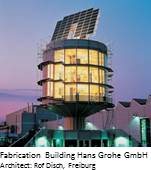 The integration of Photovoltaic elements into the building, the so called ‚BIPV’ is even today - after the solar revolution has started off worldwide - a huge challenge.
The integration of Photovoltaic elements into the building, the so called ‚BIPV’ is even today - after the solar revolution has started off worldwide - a huge challenge.
BIPV might see a new era of success in the developing super mass markets for PV as solar energy will become the ‘largest source of electricity worldwide’
The webinar based on three presentations of 2nd SOPHIA BIPV workshop presents different point of views of an PV Technology Research association representative, an architect and a Researcher on Building Integrated PV topic, considering market situation, countries regulations, R&D and architecture features.
Useful information
BIPV products should be compared to building construction material and no more to PV elements. They need to have a lifetime close to standard building components, a standardization of the products by defining size, testing methods, verification of functionalities but nevertheless, the versatile appearance of BIPV products are necessary to be attractive to architects and to the market (architectural integration, colors, texture, etc)

The 2nd workshop on Building-Integrated Photovoltaics (BIPV) took place on 15-16 September at CEA-INES premises in Chambéry, France to discuss on these themes
This SOPHIA webinar based on three presentations already offered during the workshop will mainly focus on France, Germany and Japan context by proposing different BIPV perspectives: an European, a Non European, a PV Technology Research association rappresentative, a researcher and an architect outlook by considering market situation, countries regulations, R&D and architecture features
Agenda
Details
Introduction:various definition of BIPV
Speakers : ASSOA Ya Brigitte
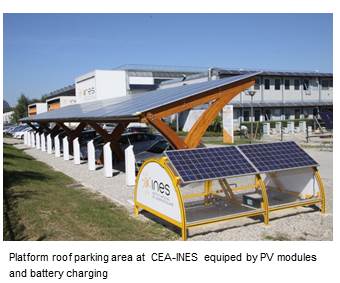 The increasing use of renewables energies and the European Directive 2010/31/EU on Nearly Zero Energy Building is going to driving a radical shift in utilization of photovoltaic specifically designed to be integrated in buildings (BIPV)
The increasing use of renewables energies and the European Directive 2010/31/EU on Nearly Zero Energy Building is going to driving a radical shift in utilization of photovoltaic specifically designed to be integrated in buildings (BIPV)
One of its main objective is to exploit the surface available on building envelope in order to make it multifunctional (electrical production in addition to its basic functions) by imposing the defintition of the quality standards (mechanics, electrical safety, waterproofness, mechanical strengthening…) and the specific aspects related to the appealing integration of the element.
Due to those motivations the design and mounting on buildings of various PV products and installations led to the necessity to define more clearly the features of a BIPV system.
In this presentation, we propose some main definitions of BIPV by considering the point of view of architects, engineers, construction companies and workers, building users and operators and building authorities
BIPV: a multidimensional Challenge for Architect and Industry – a Point of View from Germany”
Speakers : SCHNEIDER Astrid
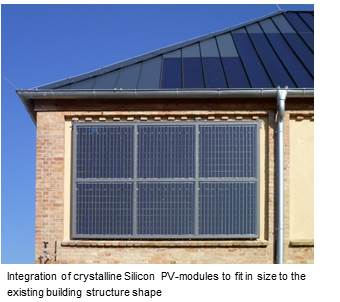 The integration of Photovoltaic elements into the building, the so called ‚BIPV’ is even today - after the solar revolution has started off worldwide - a huge challenge. And as well in Germany the ‚Energiewende-Country’, where today 38,128 MWp of solar modules are installed. Industrial mass production of standard PV-modules had overtaken not only worldmarkets for PV but as well Germany’s roofs and landscapes.
The integration of Photovoltaic elements into the building, the so called ‚BIPV’ is even today - after the solar revolution has started off worldwide - a huge challenge. And as well in Germany the ‚Energiewende-Country’, where today 38,128 MWp of solar modules are installed. Industrial mass production of standard PV-modules had overtaken not only worldmarkets for PV but as well Germany’s roofs and landscapes.
One of the reasons of the victory of the standard module over more sophisticated products is the simplicity and ‚single issue’ – ‚single testing’ – ‚single purpose’-approach of a worldwide saleable product. Not to be integrated, not to be mixed into building issues is still a widespread strategy for market sucess.
This market sucess and the economy of cheap prices on the other hand led to an accepted ugliness and disfunctionality of the standard modules, when used on top of building roofs, especially, when they are tilted. For the sake of environmental progess and the renewable energy revolution many investors were seeing their buildings through rose-coloured glasses, when looking at their PV-roofs. 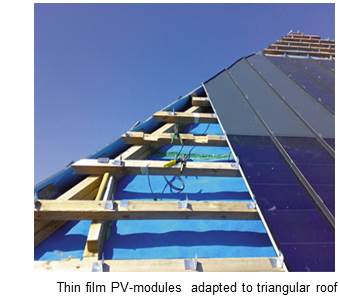 However most architects and many of their clients are united in their point of view, that the architectural progress for the renewable energy revolution must look different. The only problem: due to the sharp competition on PV-markets most of the availabel products for real building integration were even vanishing as most European PV-producers did during the last years of sharp price drops in the PV-world market.
However most architects and many of their clients are united in their point of view, that the architectural progress for the renewable energy revolution must look different. The only problem: due to the sharp competition on PV-markets most of the availabel products for real building integration were even vanishing as most European PV-producers did during the last years of sharp price drops in the PV-world market.
The lecture will descibe the multidimensional challenge of the Building Integration of Photovoltaics and will give an outlook, why BIPV might see a new era of success in the developing super mass markets for PV as solar energy will become the ‘largest source of electricity worldwide’ as the IEA named it in their 2014 Technology Roadmap for Solar Electricity.
Recent BIPV Situation in Japan
Speakers : SAITO Hiroko
PVTEC (Photovoltaic Power Generation Te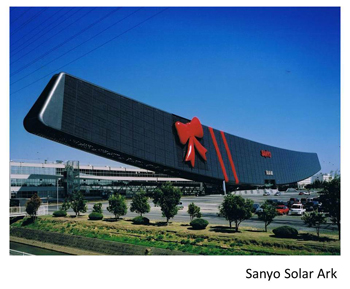 chnology Research Association) launched BIPV research activities cooperation with various sectors persons.
chnology Research Association) launched BIPV research activities cooperation with various sectors persons.
At April of this year PVTEC held 1st BIPV workshop with four invited speakers of three module manufacturers and a building designer. Forty attendees from both PV and construction industry discussed with the speakers on requirements and issues of BIPV standards, market etc.
Speech will report background and motivation of the workshop, discussion summary and introduction of actual BIPV installation market in Japan. Additionally effort for international standardization in Japan will be reported.
no download available.
BIPV features: integration conditions, market, situations and example of R&D studies
Speakers : ASSOA Ya Brigitte
After the pr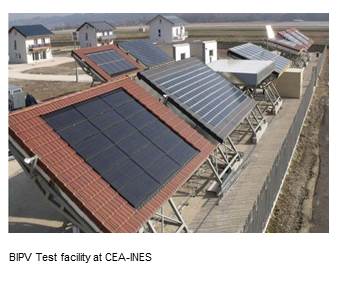 esentation of the various main definitions of BIPV proposed during the introduction by the same speaker, this presentation focuses on the conditions for the integration of solar photovoltaics (PV) into building. Then, the tendencies of BIPV market share in Europe in 2014 are proposed, highlighting the target for the development of the future BIPV products and the specificities of building integration in France are detailed.
esentation of the various main definitions of BIPV proposed during the introduction by the same speaker, this presentation focuses on the conditions for the integration of solar photovoltaics (PV) into building. Then, the tendencies of BIPV market share in Europe in 2014 are proposed, highlighting the target for the development of the future BIPV products and the specificities of building integration in France are detailed.
Finally, the presentation will focus on the specific topics on which research is dedicating resources by presenting the main R&D activities of FP7-SOPHIA project on BIPV.
